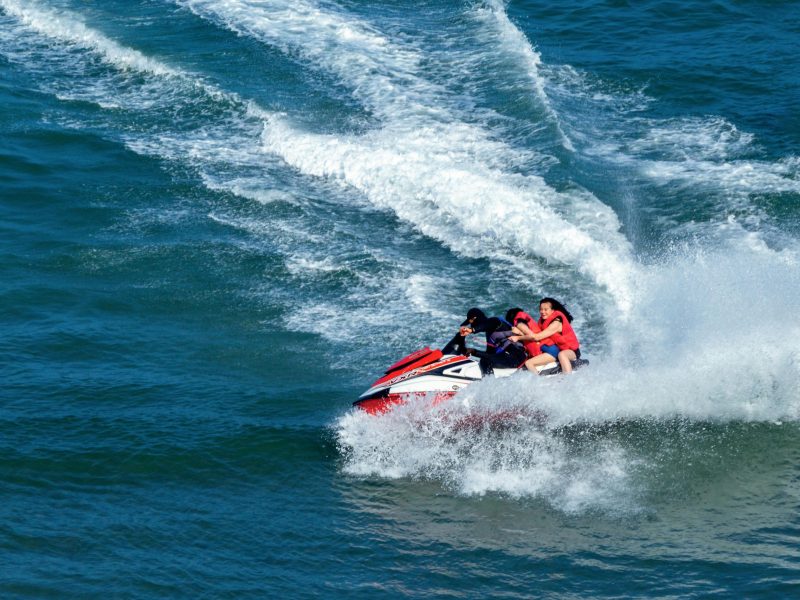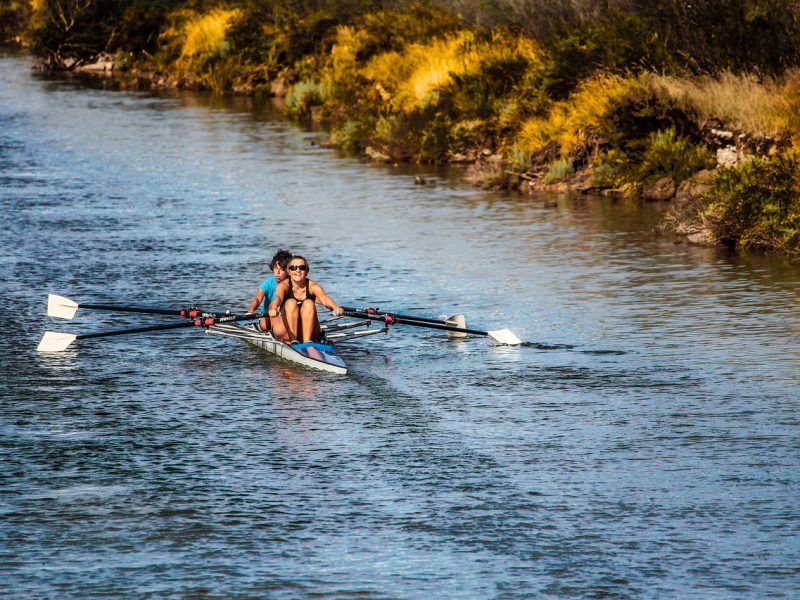Navigating on water has evolved from traditional methods using the stars and landmarks to sophisticated GPS technology.
Effective boating navigation combines knowledge of charts, compass use, and GPS technology. Familiarity with these fundamentals prepares you for a range of on-water conditions.
Charts provide detailed views of the water's surface, marking depths, hazards, and safe passages. Unlike road maps, nautical charts reveal underwater landscapes, helping you avoid rocks, shoals, and other potential hazards.
A compass guides you on course when other instruments fail. It’s unaffected by electrical systems and provides direction based on Earth’s magnetic fields. Knowing how to read a compass enhances safety.
GPS simplifies navigation with precise coordinates and location data. GPS devices integrate with navigation systems, enabling accurate route plotting, position fixing, and real-time tracking.
GPS relies on a network of satellites orbiting Earth. By calculating distances from multiple satellites, a GPS receiver pinpoints your location, usually within a few meters, providing valuable navigation data.
GPS enhances navigation accuracy, simplifies route planning, and enables tracking in real-time. It’s invaluable for safety, especially when visibility is low or during night boating. GPS also helps track speed, direction, and estimated time of arrival.
Knowing some essential techniques will improve your navigation efficiency and safety. Combining traditional navigation with GPS ensures you’re prepared for any situation.
Dead reckoning estimates your position based on a known starting point, speed, and course over time. It’s essential when GPS is unavailable, offering a backup method for navigation.
Using visible landmarks helps with orientation and position fixing. By aligning known points, like islands or buildings, you can check your course, especially useful if GPS data is disrupted.


Modern GPS devices offer advanced features that add extra layers of safety and convenience. Leveraging these features can improve both short and long voyages.
Some GPS units allow overlaying digital charts, offering a real-time view of water depths, currents, and navigational hazards. This feature is particularly useful in unfamiliar waters.
AIS displays nearby vessels equipped with similar systems, helping avoid collisions. It’s a valuable safety feature, especially in busy or restricted areas.
Though GPS is reliable, technical malfunctions can happen. Keeping nautical charts and knowing how to use them ensures you’re never stranded without a navigation aid.
Manufacturers frequently update GPS software to improve accuracy and add features. Regular updates ensure you’re using the latest maps and benefit from enhanced functionality.
Spend time learning your GPS system’s interface, settings, and shortcuts. Practicing functions like setting waypoints and plotting routes on calm days prepares you for more challenging conditions.

GPS improves safety, but relying solely on it can lead to issues. Combining GPS with other navigation skills promotes safer boating.
GPS helps track your position, but always be aware of your surroundings. Observing water conditions, other vessels, and landmarks ensures additional safety.GPS minimizes navigational risks, helping you avoid obstacles and hazardous areas. It’s especially beneficial in emergencies when quick location identification is needed.
